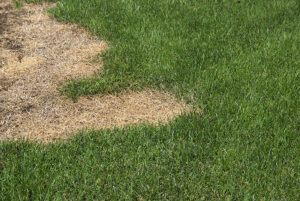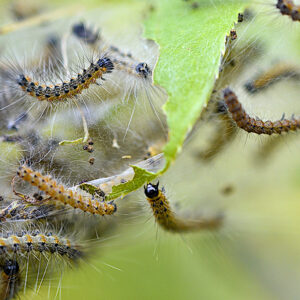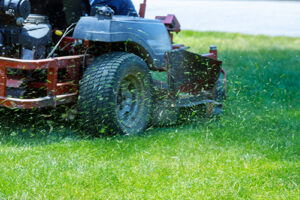People have been using some variation of the phrase “the grass is always greener on the other side” for centuries.
Go all the way back to Ancient Rome, and you’d hear people sharing the proverb “the harvest is always fruitful in another man’s field.”
But what if you looked out your window and saw that the grass literally was greener on the other side of the street? Maybe it’s not a matter of perspective. Maybe it’s that your neighbor knows the secret to keeping their lawn looking its best. When customers visit Mendham Garden Center looking for lawn mowers or landscaping supplies like Stihl or Toro products, we often get some version of the grass is greener question.
So here are three practices that can promote a healthier, happier lawn.
 Soil Aeration:
Soil Aeration:
Soil aeration equipment comes in many shapes and sizes, from very large units to smaller tow-behind and walk-behind units. Regardless of size, this equipment’s objective is to open the soil, allowing detrimental gases to escape and to allow air, water and nutrients to enter the soil and feed the turf root system.
The most beneficial aeration technically is probably core aeration, in which cigar-sized plugs are pulled from the earth and deposited on the surface.
Adjacent soil then migrates into the holes left by the aerator and relieves compaction. The plugs break down over time, filter into the holes and low areas of the lawn and help to smooth small undulations while providing soil cover for new seed. Other less effective aeration methods may include slicing and solid tine aeration.
You can perform soil aeration any time the grass is growing, but it’s most beneficial in early autumn and should maintain a minimum depth of one to two inches.
Thatch removal:

Thatch is often thought of as dead grass clippings left over from mowing, but these clippings only account for a small portion of thatch. Most thatch comes from dead and decaying root systems, the result of the unending cycle in which your turf replaces the old root system with a new one.
When thatch is less than half an inch thick, it provides a beneficial form of insulation. But beyond this thickness, it hinders your grass’ ability to absorb oxygen, water and nutrients, and prevents it from expelling detrimental gasses. Thatch can also play home to unwanted insects like chinch bugs and sod webworms.

There are several small motorized units available that provide effective thatch removal but remember that this can be a very labor-intensive process if you hope to do it right.
Thatch removal is a very beneficial procedure when used in combination with aeration and over-seeding. Like soil aeration, it’s best done in early fall when the turf is active and equipped to recover.
Mowing:

When looking at what causes a poor-quality lawn, don’t count out mowing. All the nutrients your grass produces come from the green leaf, with unused nutrients stored in the roots. This production process needs sunlight, which means your challenge is to keep the grass at a level that allows the sunlight into the turf canopy but still provides enough surface area for the grass to produce the carbohydrates it needs to live.
In most cases, this means setting you lawn mower to keep your grass at a height between 2 ½ and 3 ½ inches. And you don’t want to mow more than a third of the green leaf in any single mowing. These requirements create a challenge for people who mow their lawn once a week.
Landscaping Supplies Wrap Up:
Are you looking for additional ways to keep your lawn looking its best? Visit Mendham Garden Center, where you’ll find a wide array of Toro Lawn Mowers and other landscaping supplies, lawn care products, garden supply, and a wealth of industry knowledge from our garden experts. Stop by our Mendham, Chester or Annandale locations to find everything you need for greener grass.

